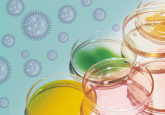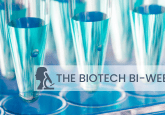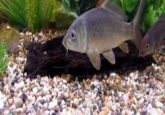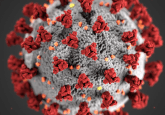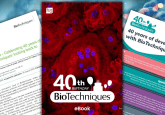Optimized one-step SLIC

Improvements to sequence- and ligation-independent cloning (SLIC) greatly increase its efficiency for difficult inserts.

Sequence- and ligation-independent cloning (SLIC) is a seamless cloning method that exploits the exonuclease activity of T4 DNA polymerase to expose single-stranded regions at the ends of a linearized vector and a PCR-amplified insert to allow the complementary annealing of these regions. In one-step SLIC, the insert and linearized vector are mixed together with the T4 DNA polymerase in a single tube, incubated for 2.5 min at room temperature, and then transformed into competent bacteria. While this simple and cost-effective method works well, it can be inefficient for certain inserts.
To overcome this problem, researchers led by Jung-Hyun Lee and Jae-Yeon Jeong, the developers of one-step SLIC, have now optimized the method. The team tested reducing the duration of T4 DNA polymerase treatment down to 5 seconds over a range of temperatures and found that a 30 second treatment at 50°C resulted in high cloning efficiency for inserts with homology regions that are <20 bases and form strong secondary structures.
